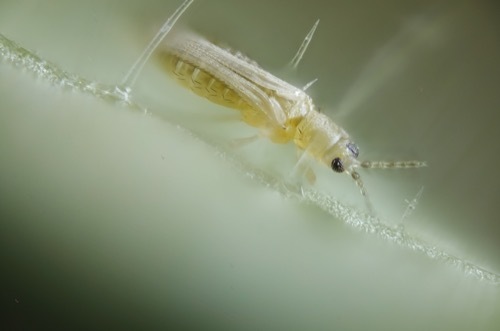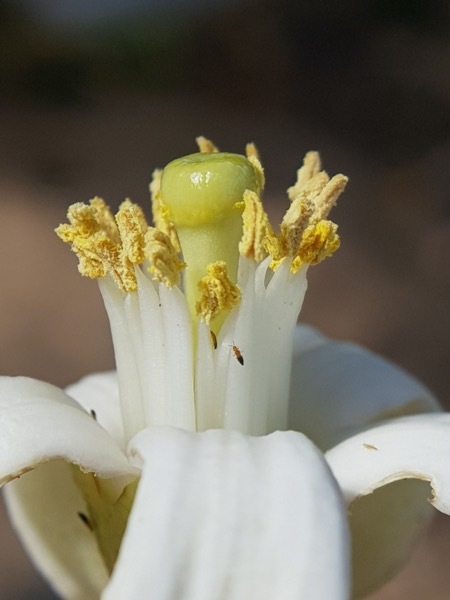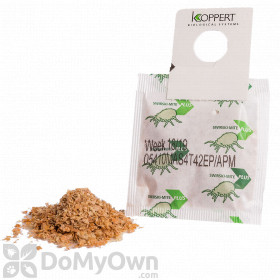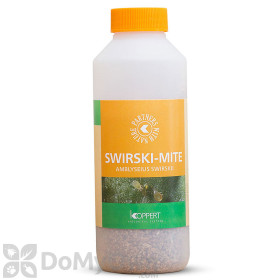Getting Rid of Thrips on Your Plants

Once you've identified the thrips on your property as pests, we have some recommended methods for getting rid of these tiny sucking insects. Thrips can be an annoyance, but there are effective methods of treatment. Check out this page for our recommended methods and products for thrips control.
Encourage Natural Predators
Introducing beneficial insects to your residential lawn or garden area can be an easy and nature-friendly way to eliminate a thrips infestation on your property.
The mite varieties Amblyseius Cucumeris and Amblyseius swirskii are commonly introduced as predators of thrips in a lawn or garden setting. These tiny, tan-colored mites feed on immature thrips and can be used to break the life cycle of a thrips infestation.
If you choose to apply an insecticide in addition to using natural predators, be sure the insecticides are not labeled to harm these beneficial insects.
Products needed for Method 1
Treat with a Foliar Spray Insecticide

Thrips can be controlled by smothering with horticultural oil sprays. This type of treatment requires complete coverage of the host plant to be fully effective. Multiple applications of a horticultural oil treatment are often required to rid your plant of every stage of thrips that may be hiding. You will typically mix a small quantity of horticultural oil with water and apply with a sprayer.
Synthetic insecticide foliar sprays like Talstar P are another method of control for thrips in situations where oil-based products may not be the right fit.
A foliar application will be the only recommended plan for treating edible plants. Make sure that any insecticide you select for use is labeled for the specific edible plants on your property. Some options are included in the selection below.
Always read the label of the product to confirm that it is safe to use on the host plant you're treating, as some plants are more sensitive to these oils than others. You should also consider the temperature when applying horticultural oils to stop pests. These products are recommended for plants growing in temperatures under 85 degrees Fahrenheit, and out of full sunlight. High temperatures and harsh sunlight can react with horticultural oils to cause plant injury. Applying these products in the morning or evening also helps to avoid harming local beneficial insects, which will be less active during those times.
Pro Tip
Thrips are a frequently found pest in greenhouses and nurseries. There are products specially labeled for these locations. Try a foliar application of an insecticide like Avid for greenhouse thrips control.
Neem oil is a similar type of product that offers additional benefits including hormonal control of some insects, able to halt the growth cycle and prevent them from reaching adulthood. Consult the product label or ask our experts if you have questions about horticultural oil products and which is best for your plants.
Products needed for Method 2
Apply an Insecticide Systemic Root Drench
Pro Tip
For heavy thrips infestations, try applying a foliar spray application (oil or otherwise) for quicker pest reduction in addition to a systemic drench application for ongoing prevention--the systemic application will take longer to show results, but will pay off in lasting effects.
Products needed for Method 3
Physical Removal with Alcohol and Water

If you have questions about any of these methods or need help deciding on the best way to get rid of thrips around your home or garden, give us a call at 866-581-7378 for expert answers.
















